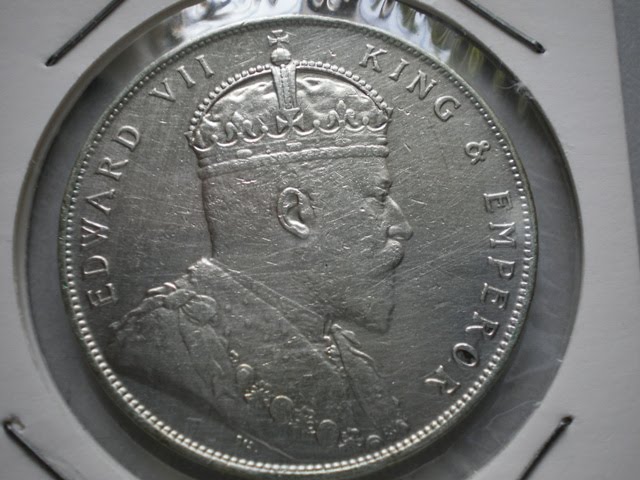This summary is not available. Please click here to view the post.
Search This Blog
Coins I am Selling
I am selling all of coins which my Brother has in US, that includes large no of Proof Sets, UNC and lot of Rare Coins
1972 India Proof Set 9 Coins with COA (1972 India's 25th Independence 9 Coin Proof Set)
Selling Link:
Info Link:
http://myindiancoins.blogspot.in/2011/08/1972-indias-25th-indpendence-9-coin.html
1973 India Proof Set 10 Coins with COA (1973 India FAO-Grow More Food 10 Coin Proof Set)
Selling Link:
Info Link:
http://myindiancoins.blogspot.in/2011/08/1973-india-fao-grow-more-food-10-coin.html
1974 India Proof Set 10 Coins with COA
Selling Link:
Info Link:
Keep checking here for my collection, I am selling, I’ll post every week
Seller ID Link
http://www.ebay.com/sch/rajat.bansal/m.html?_ipg=50&_sop=12&_rdc=1
| |||||||
| |||||||
This summary is not available. Please click here to view the post.
| |||||||
This summary is not available. Please click here to view the post.
| ||||||||||||||||||
  | |||||||||||
| |||||||||||
| |||||||||||






